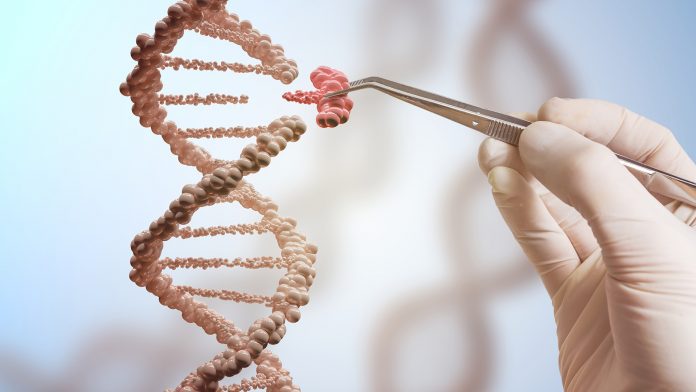
Researchers have identified 395 genes expressed differently in people with type 2 diabetes, one of which has been strongly associated with impaired insulin secretion.
The research team from Lund University in Sweden now want to investigate if it is possible to use the genetic CRISPR/Cas9 scissors to correct the gene’s activity to improve insulin secretion in type 2 diabetes patients.
The full findings of the study, titled ‘Type 2 diabetes candidate genes, including PAX5, cause impaired insulin secretion in human pancreatic islets’, have been published in the Journal of Clinical Investigation (JCI).
Many genes are expressed differently in type 2 diabetes patients
Of the 395 genes studied by the researchers, only 94 were known to be expressed differently in the pancreatic islets in individuals with type 2 diabetes. The research team based on their analyses of insulin-producing cells from 283 individuals with or without type 2 diabetes.
“One of the strengths of our new study is that we have been able to validate already known genes, at the same time as we have discovered many new genes that are differently expressed in individuals with type 2 diabetes,” said Karl Bacos, associate professor in experimental diabetes research at Lund University, who has led the study.
“We have also been able to identify a gene that proved to be very strongly associated with impaired insulin secretion,” he added.
The gene in question is known as PAX5 and has previously been shown to be associated with leukaemia. However, there are no known studies on the role of PAX5 in relation to pancreatic islets and diabetes.
The researchers performed several experiments in cultivated pancreatic insulin-producing cells from humans and rats. This allowed them to study how an altered expression of PAX5 affected insulin secretion. Their findings revealed that insulin secretion was impaired and that cell death was increased when the PAX5 gene was overexpressed.
The findings could provide new treatments for impaired insulin secretion
The researchers say that this knowledge can be used in trials for developing new treatments for type 2 diabetes. Diabetes researcher, Charlotte Ling, leads a research group in diabetes and epigenetics at Lund University Diabetes Centre (LUDC). They aim to investigate the possibility of using the CRISPR/Cas9 genetic scissors to correct the gene’s activity.
“Our long-term goal is to regulate the activity of PAX5 using the genetic scissors, and that way restore PAX5 levels in individuals with type 2 diabetes,” said Ling.
Past studies from LUDC have shown that there are patient groups who have difficulties with their insulin secretion. This subgroup has SIDD (Severe insulin-deficient diabetes), a term characterised by impaired insulin secretion.
“It is possible that future treatments where we restore PAX5 levels can prove to be particularly beneficial to this group of patients. Type 2 diabetes is a growing global public health problem, and we urgently need to find new ways to treat the disease,” concluded Ling.









